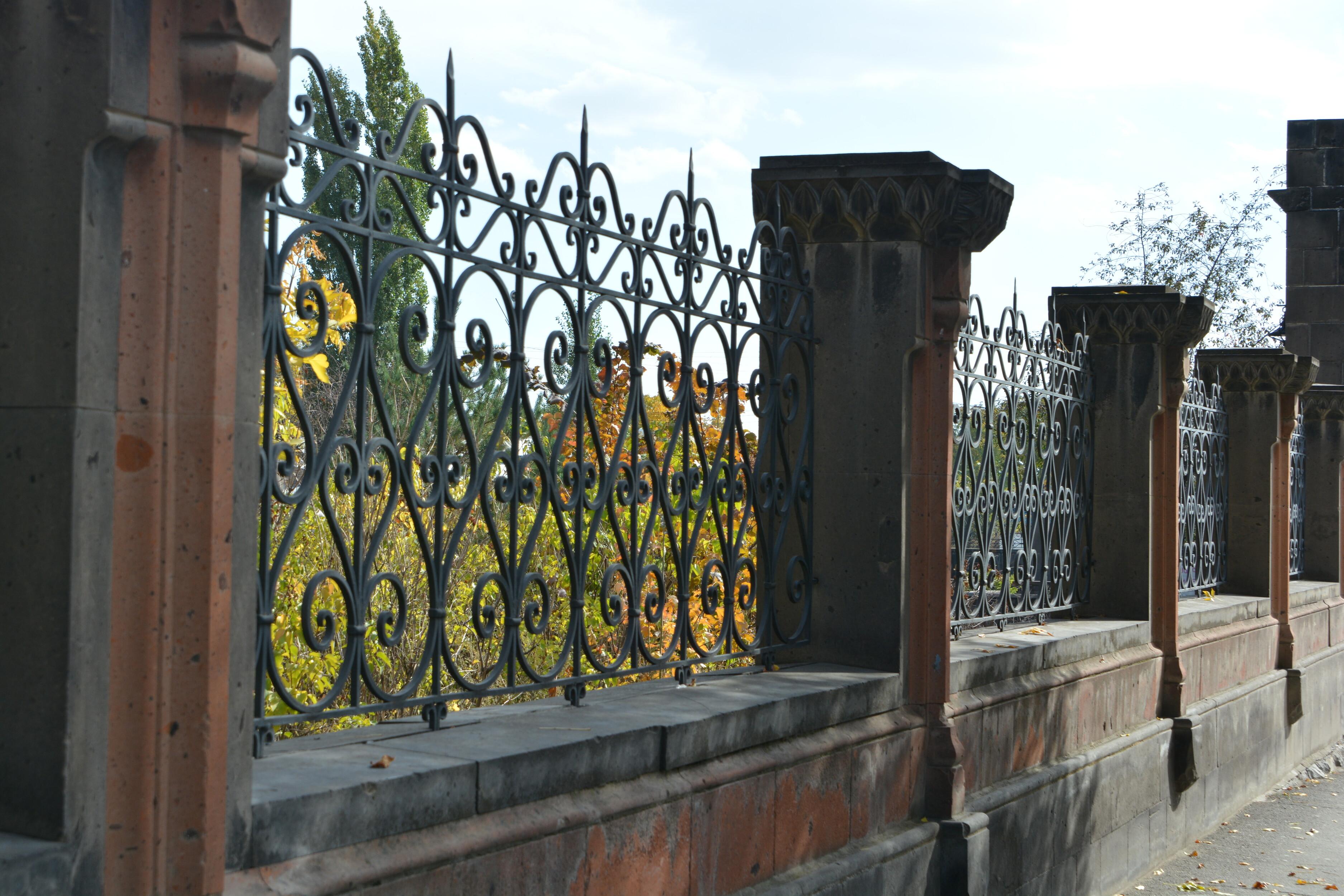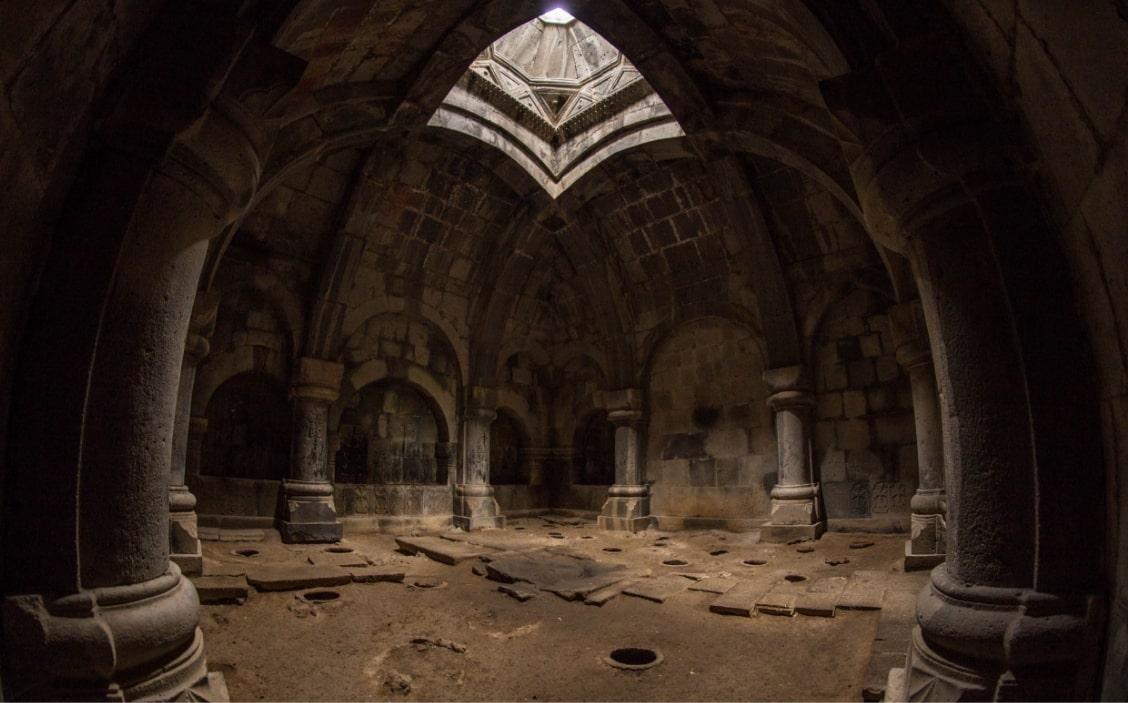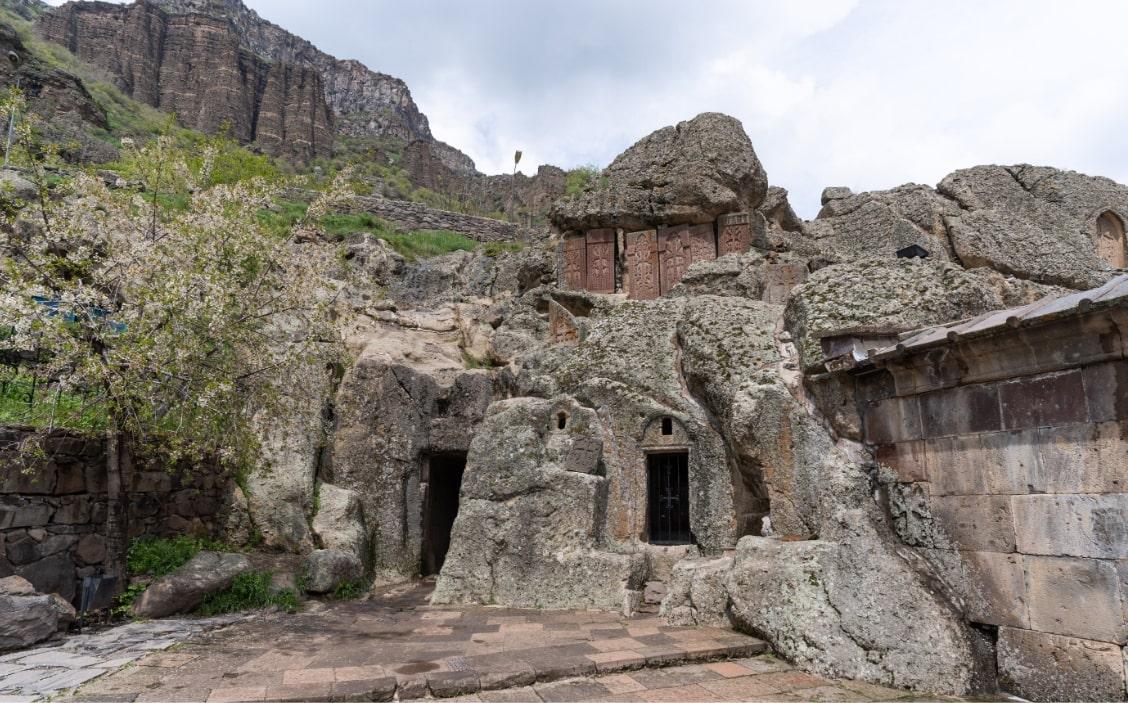The Cathedral and Churches of Etchmiadzin and The Archeological Site of Zvartnots
Architectural style:
Cathedral
Date of foundation:
303
Region
Armavir

The churches of Etchmiadzin and the Zvartnots archeological site witnessed the birth of Christianity in Armenia and are extraordinary examples of unique Armenian architecture. They showcase some of the typical Armenian architecture features, yet also show how they introduced new approaches that were one step ahead and different from other monuments of that time.
The Cathedral of Etchmiadzin is, in fact, the oldest cathedral on earth. The site has been in use since ancient times, as archeological findings from the Stone, Bronze, and Iron Ages indicate that this was a holy site even before the arrival of Christianity.
The city of Etchmiadzin is located in the Armavir region of Armenia. The settlement has existed since ancient times, as evidenced by Stone, Bronze, and Iron Age archaeological sites located in and near the city. The oldest written information about Etchmiadzin refers to the period of the Urartian King Rusa II (685-645 BC). The settlement was mentioned in the Urartian cuneiform inscription by the name of Kuarlini. Life in this Armenian settlement has continued uninterrupted. The town has been called, successively, Artimed, during the rule of Yervandunis (as evidenced by Armenian historian Movses Khorenatsi (5th century AD)), Vardgesavan, and afterwards Vagharshapat, during the age of development under the rule of King Vagharsh I Arshakuni (AD 117-140). The name Etchmiadzin was used along with that of Vagharshapat after the adoption of Christianity (AD 301).
The inscribed property is divided into three separate areas: the first area includes the Mother Cathedral of Etchmiadzin and St Gayane Church, the second area includes St Hripsime Church and St Shoghakat Church and the third area consists of the archaeological site of Zvartnots.
The first and the second areas together are surrounded with one common buffer zone of approximately 93 ha. The buffer zone of the third area is 24 ha.
The religious buildings of Etchmiadzin and the archaeological remains at Zvartnots bear witness to the implantation of Christianity in Armenia and to the evolution of a unique Armenian ecclesiastical architecture, which exerted a profound influence on architectural and artistic development in the region. They graphically illustrate the evolution and flowering of the Armenian central-domed cross-hall type of church.



